










Reduce the stress and anxiety of working from home in isolation by thinking like a workplace strategist, shares Frances Gain.
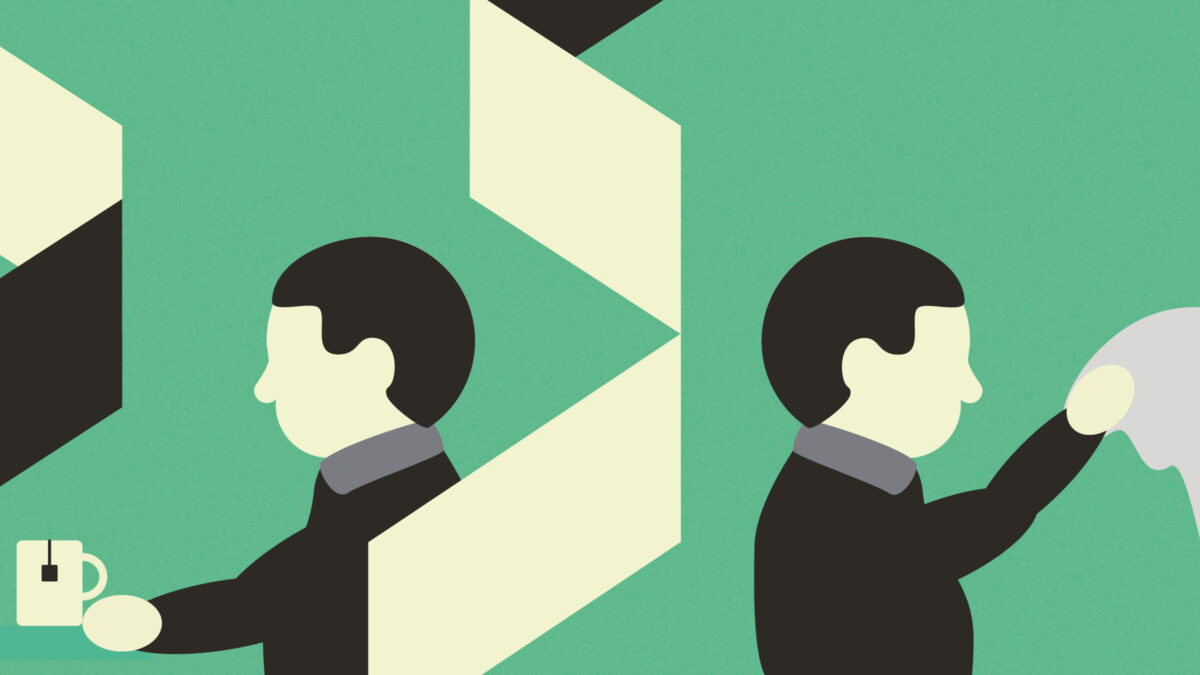
Millions of people around the world are working from home to help stop the spread of the coronavirus. For many of them, it’s now a normal part of the working week. For others, it will likely be their first experience of working in isolation, bringing a host of new challenges to both productivity and health.
In this article, we explore some tips for managing the symptoms of stress while getting your work done:
Existing studies into the effects of remote working reveal several relevant findings. The option of occasionally working from home was seen as a health benefit and improved how employees felt about their health in the workplace too. On the other hand, as the frequency of home working increased, so did the percentage that perceived a negative impact on their health.
The study shows that choice plays an important role in how we feel about our work environment, and while it can have a positive overall impact, working from home all the time is not good for our mental and physical wellbeing.
In workplace strategy, we spend our time helping organisations support the diverse psychological and physiological needs of their employees in the workplace. This makes people feel safe and helps increase productivity. Many of these principles can be applied at home too, and while choices about where we work are limited, we’ve created these tips to relieve stress, build resilience and maintain productivity.

Disrupted structure fuels stress and anxiety, but everyone feels the effects differently.
Some people experience a lack of structure as overwhelming. It can be a struggle to get working on important tasks, but as pressure mounts, productivity rises. For these people, the right amount of stress can be a powerful motivator.
Others might feel inspired when those same structures are removed. However, if they get distracted or fail to meet their personal expectations, anxiety spikes. The fear of not “doing enough” can lead to productivity paralysis.
Think about whether pressure drives you or disables you. If we know our own way of working then it becomes easier to harness or mitigate stressors. More than ever, we need to understand what influences our behaviours in order to tailor our own creative process.
Tips to understand your stress response and productivity flow
Ideas for systems to support your unique work style
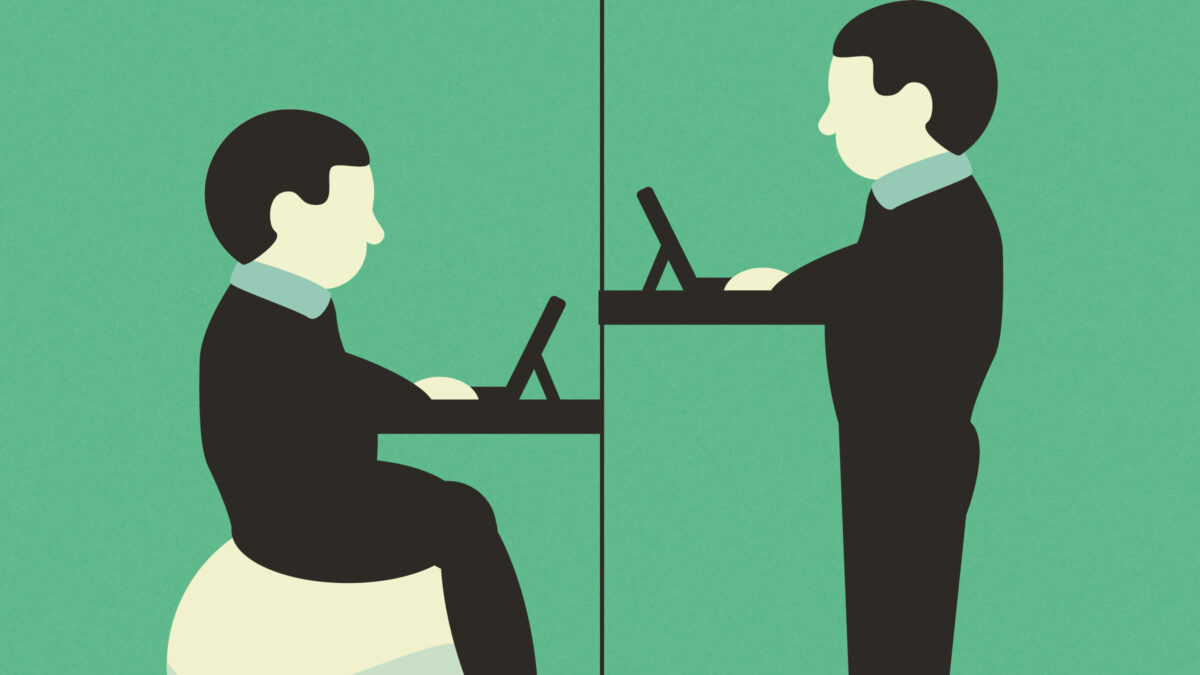
Everyone knows the tell-tale signs of a procrastinator in the office – they travel back and forth from the teapoint for “one more” biscuit, before circling the coffee machine for the next thirty minutes.
At home, procrastination takes a more subtle form. It’s chores masked as time well spent. If you find yourself compelled to clean when an email pings, then it’s problematic. Make this isolation phase productive – but schedule your life-admin at the right time.
Put it out of sight and out of mind
Create a “parking lot” for ideas
Schedule procrastination time in your calendar
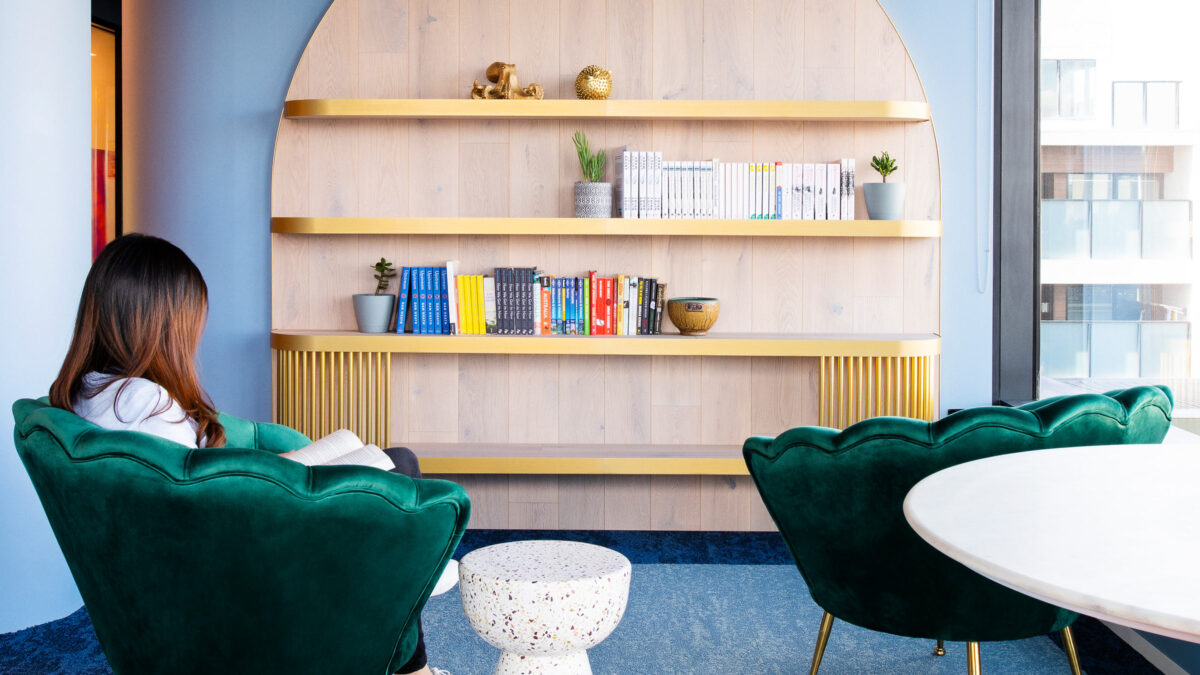
Much like procrastination, acting on distractions feels good in the moment and provides temporary relief, but is a hard habit to stop. The average person scrolls the height of Big Ben every day, so a quick update on the latest news on social media easily spirals into another lost hour.
As a result of the coronavirus pandemic, we are being pushed further online. My iPhone tracker informed me that my screen time rose 39% last week. We may think it’s in “pursuit of knowledge”, but unchecked, we’ll squander our focus time on sharing the latest memes, which inevitably stalls productivity and causes further stress. But like a shopaholic in a mall, we need the object of our distraction more than ever.
Digital distractions are part of modern life, but you can reduce temptation during work hours by setting boundaries and allocating time to indulge. Enjoy a habitual 6pm scroll session, reward yourself after deadlines, or build-in timed breaks. There is no shame in “parenting” yourself if it works.
Maintain your focus
Mirror productive people
Find an accountability buddy and stay on track together
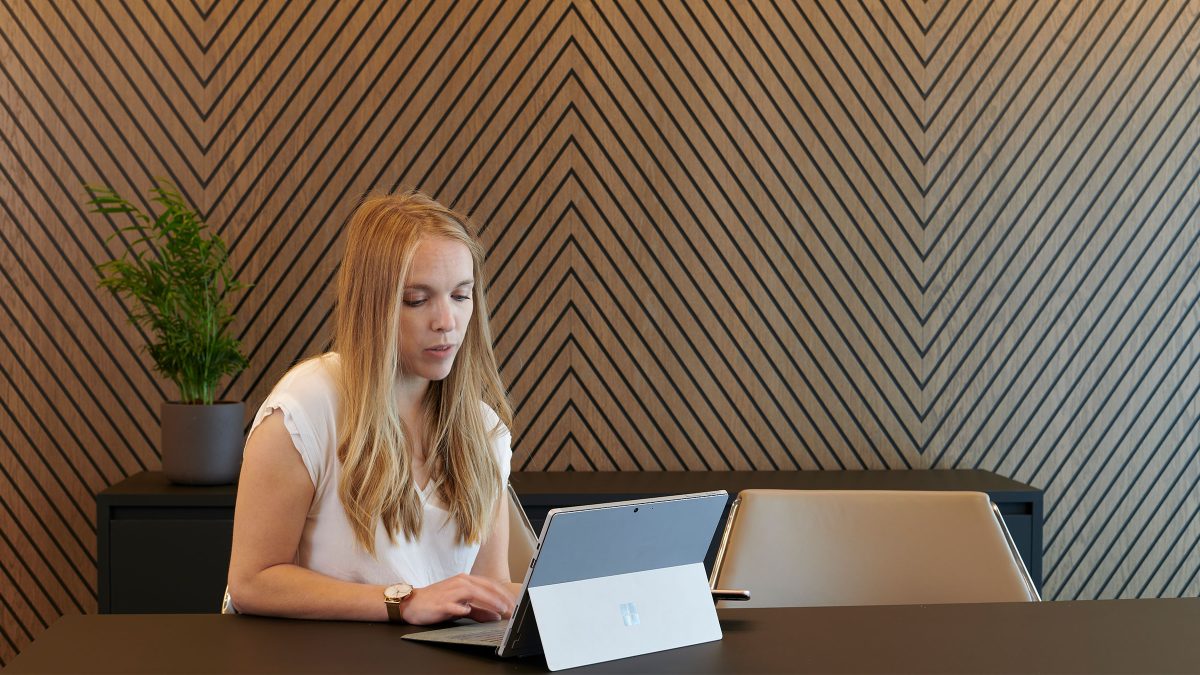
As humans, we are generally motivated by doing good work. Without the constraints of an office and influence of teams and managers, many employees feel lost as they lose the structure of a workday. If you or your teammate are feeling anxious and craving structure and accountability, then it’s time to create new routines.
A good example of how routines create positive structure is to look back at school. Students move to different classrooms between lessons. The change of work environment helps to reset and refocus attention on a new subject.
Think about the actions you can reinvent at home. Our routine gym classes, book clubs or picking up our children serve as “absolutes” in our diaries which force efficiency and time management. Anticipated events leave little room for indecision – if it’s scheduled, it happens.
Set new routines using the “when this – then that” technique
Set non-negotiable habits by appointing times or setting days for tasks or activities
Designate different locations for different behaviours
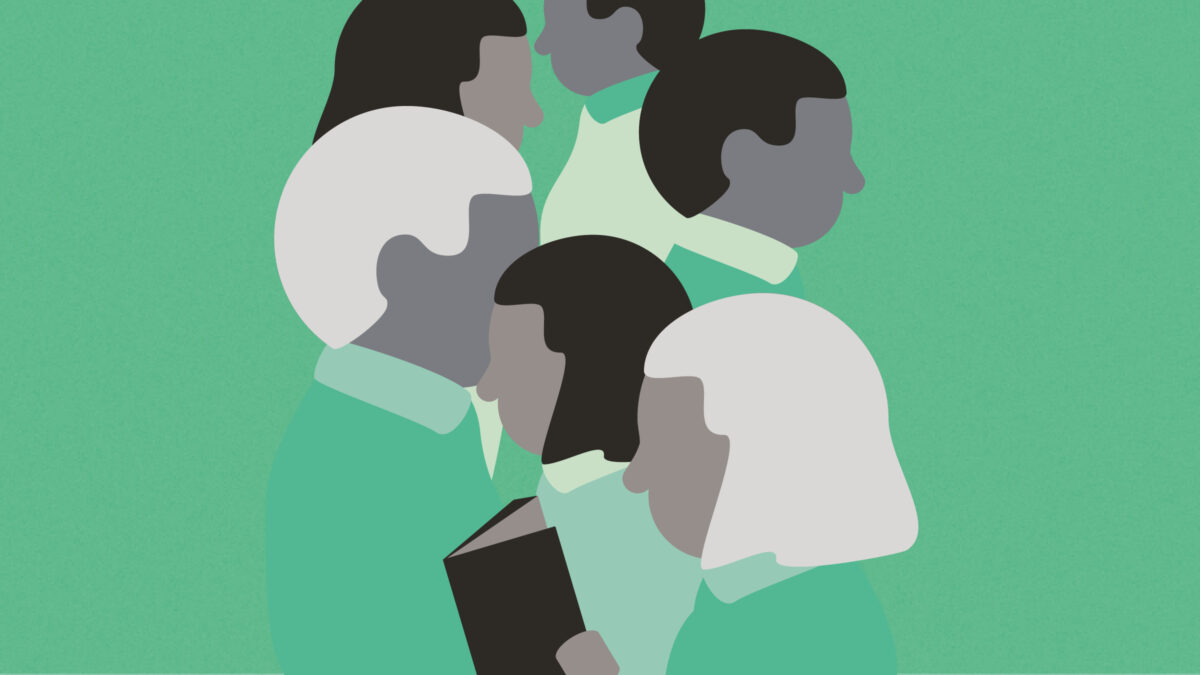
As much as we dislike commuting, which can impact our mental health, the regularity helps us transition to and from work. On the journey in, many people reflect on their to-do lists and meeting agendas.
It helps to move the mind from the comfort of home and eases it into work mode. Rolling out of bed and opening your laptop may sound good, but in reality, it’s a steep transition from “off” to “on”. Very few people can jump straight into productive work.
We don’t need to think when commuting. That’s key because it enables us to be mindless, allowing our imagination to wander. A big pause for thought that bookends the day. How can you recreate that commuter time now to help ease yourself into your first task?
If we don’t transition – we carry stress to work and take work stress home.
Consider a routine activity to separate work and home time
Create an autopilot activity that is specific, simple and regular
Balance the trade-off between work and play
Senior Associate, Workplace Strategy and Transformation